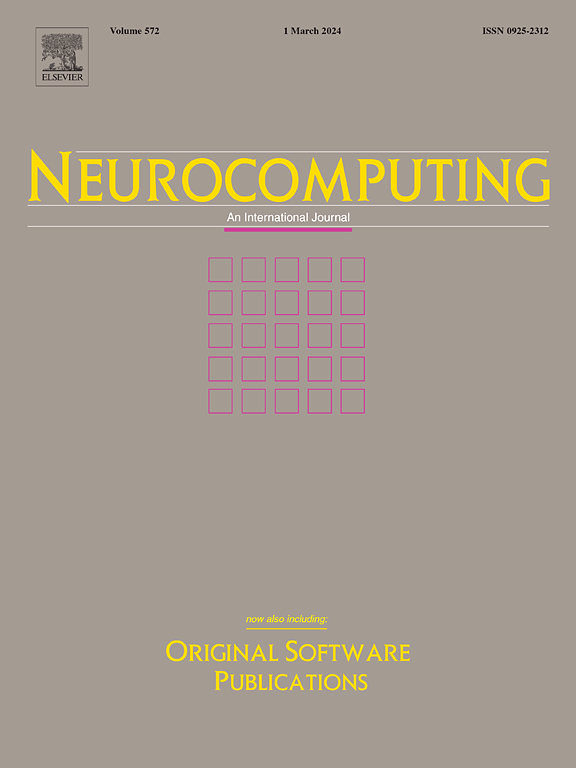A novel approach based on clustering and optimized ensemble deep learning for energy consumption forecasting in Ethiopia
IF 5.5
2区 计算机科学
Q1 COMPUTER SCIENCE, ARTIFICIAL INTELLIGENCE
引用次数: 0
Abstract
Predicting energy consumption accurately is crucial for optimizing energy management strategies and achieving sustainability goals. Traditional methods often struggle with the complexity of energy consumption patterns, particularly in developing regions such as Ethiopia, where unique challenges exist. This study proposes an ensemble deep learning approach that integrates multiple models to enhance prediction accuracy. Additionally, as a previous step, a clustering process has been applied to discover different groups of customers. Our method combines deep learning architectures, including Gated Recurrent Units, Long Short-Term Memory, and Convolutional Neural Networks, within an optimized ensemble with weights computed with the Coronavirus Optimization Algorithm. This approach aims to leverage the strengths of each model to produce robust and reliable predictions. We demonstrate that our ensemble approach yields competitive results, outperforming individual models within the ensemble. By integrating diverse models, our framework captures nuanced patterns in energy consumption data more effectively, contributing to improved prediction accuracy. Furthermore, we validate the effectiveness of our approach using three distinct datasets from Ethiopia for three different customer clusters. These datasets represent different regions and consumption profiles within the country, ensuring the robustness and generalizability of our proposed methodology.
求助全文
约1分钟内获得全文
求助全文
来源期刊

Neurocomputing
工程技术-计算机:人工智能
CiteScore
13.10
自引率
10.00%
发文量
1382
审稿时长
70 days
期刊介绍:
Neurocomputing publishes articles describing recent fundamental contributions in the field of neurocomputing. Neurocomputing theory, practice and applications are the essential topics being covered.
 求助内容:
求助内容: 应助结果提醒方式:
应助结果提醒方式:


